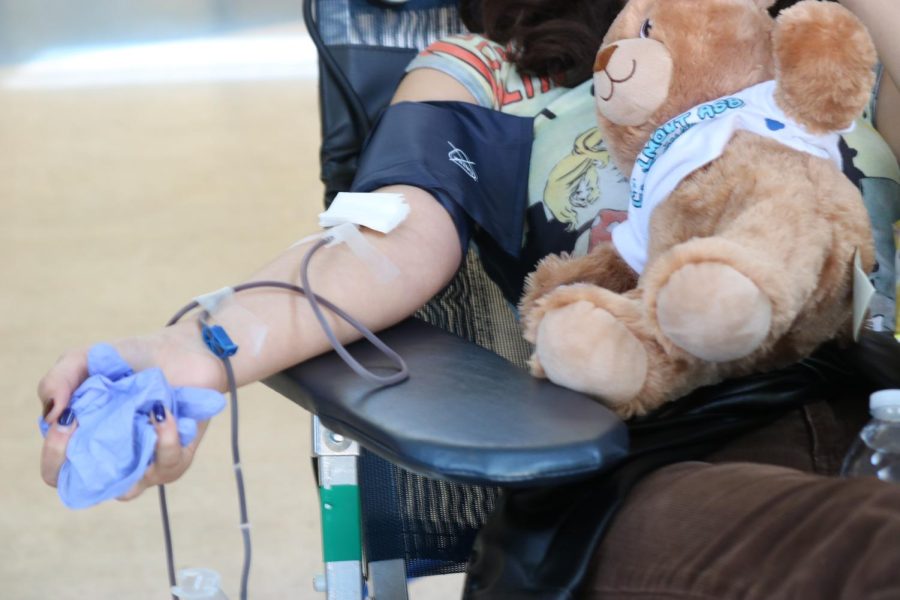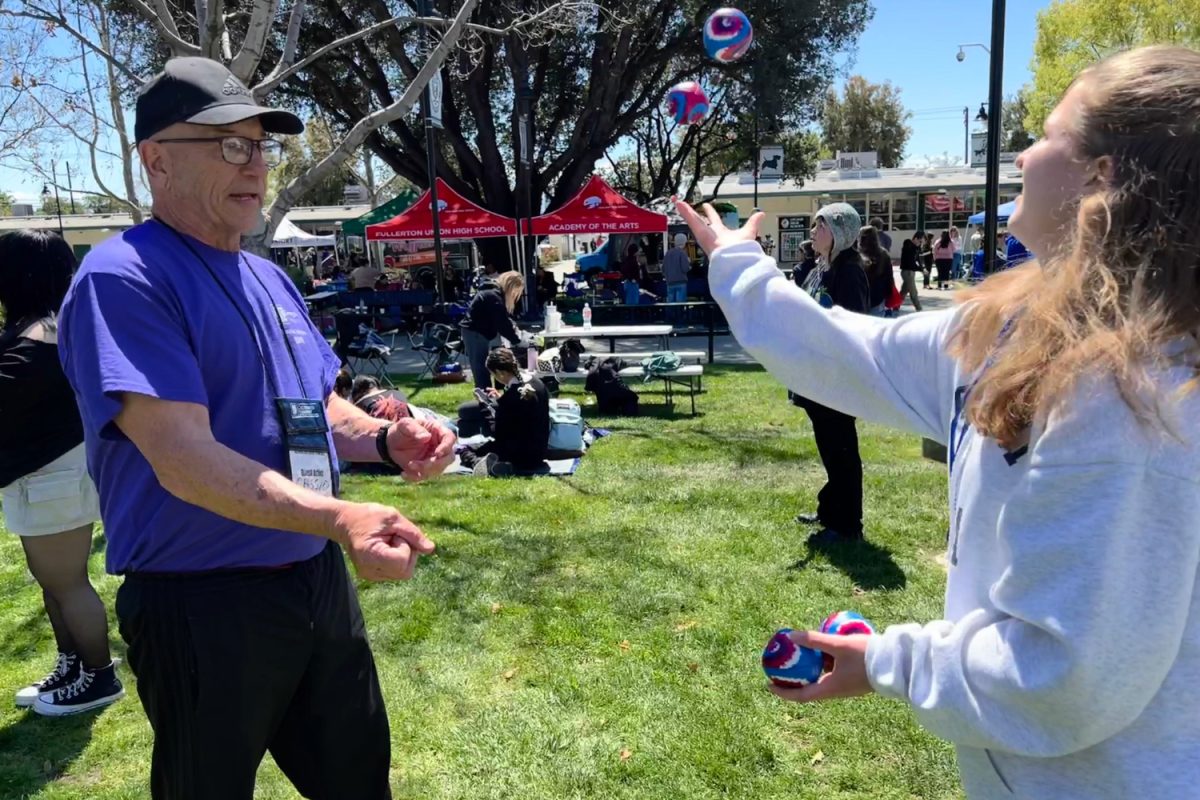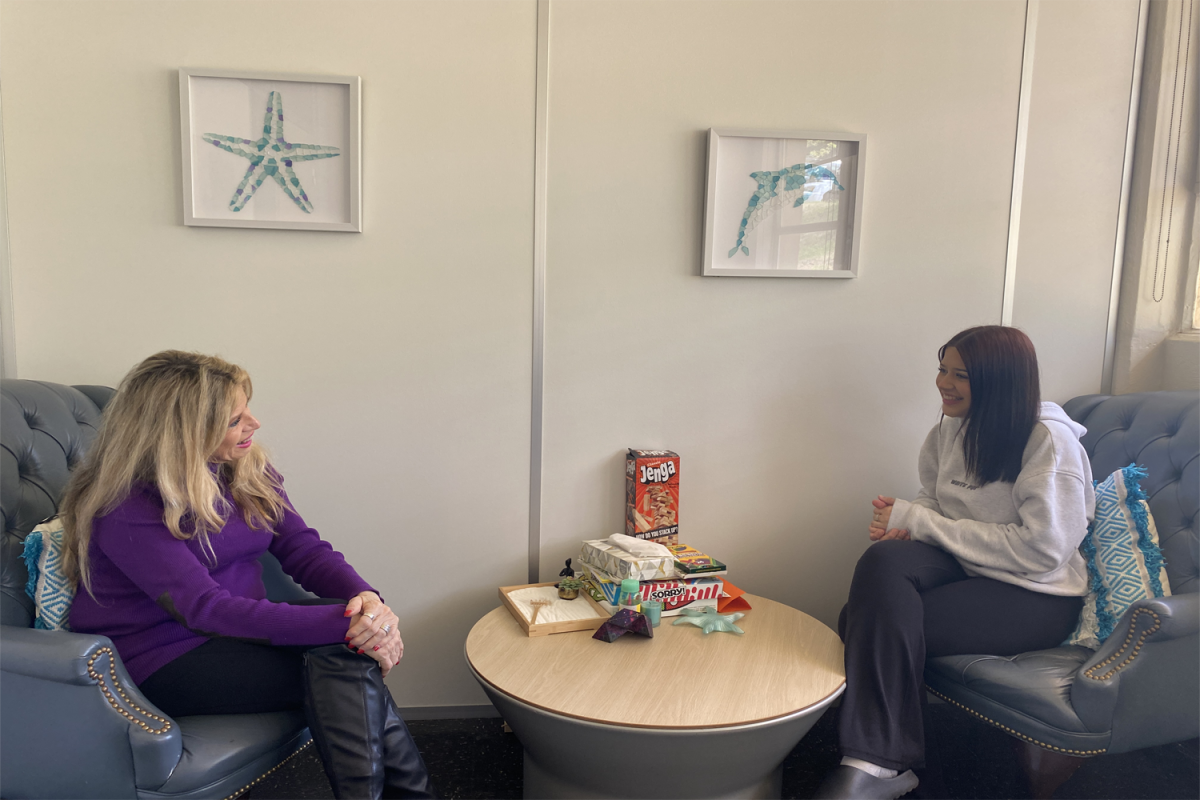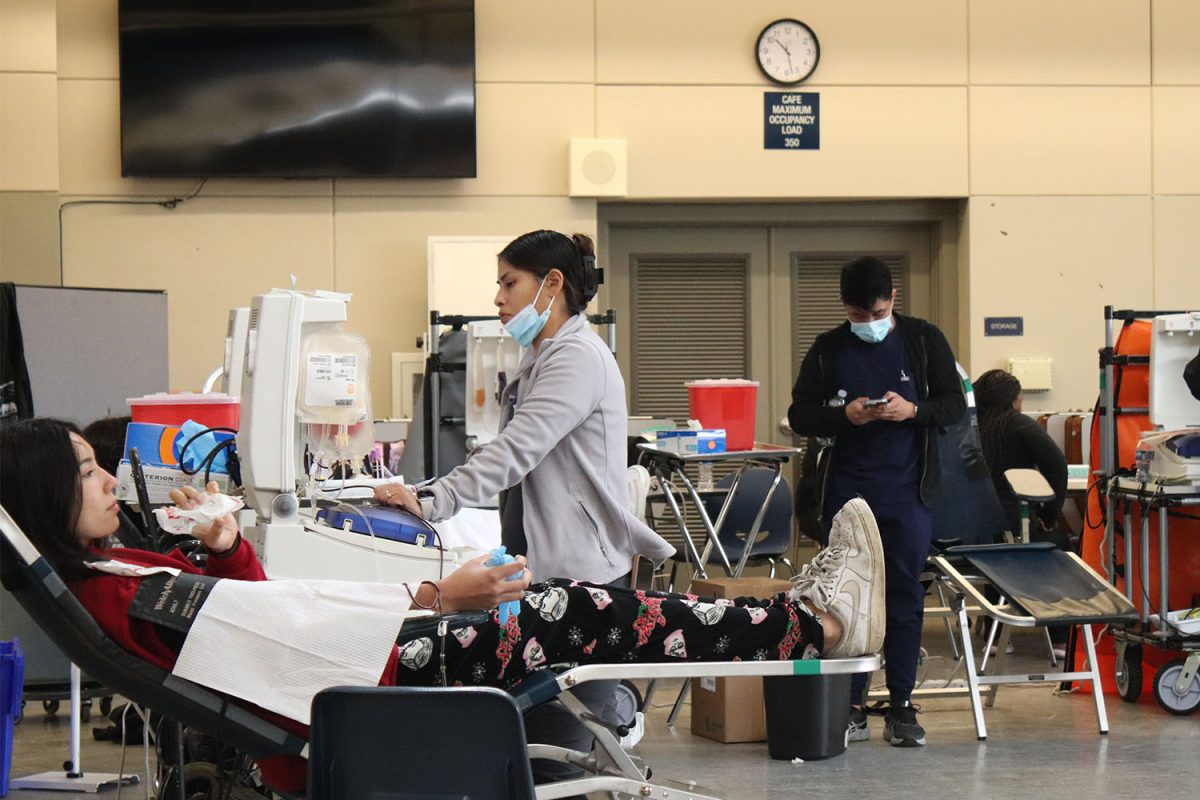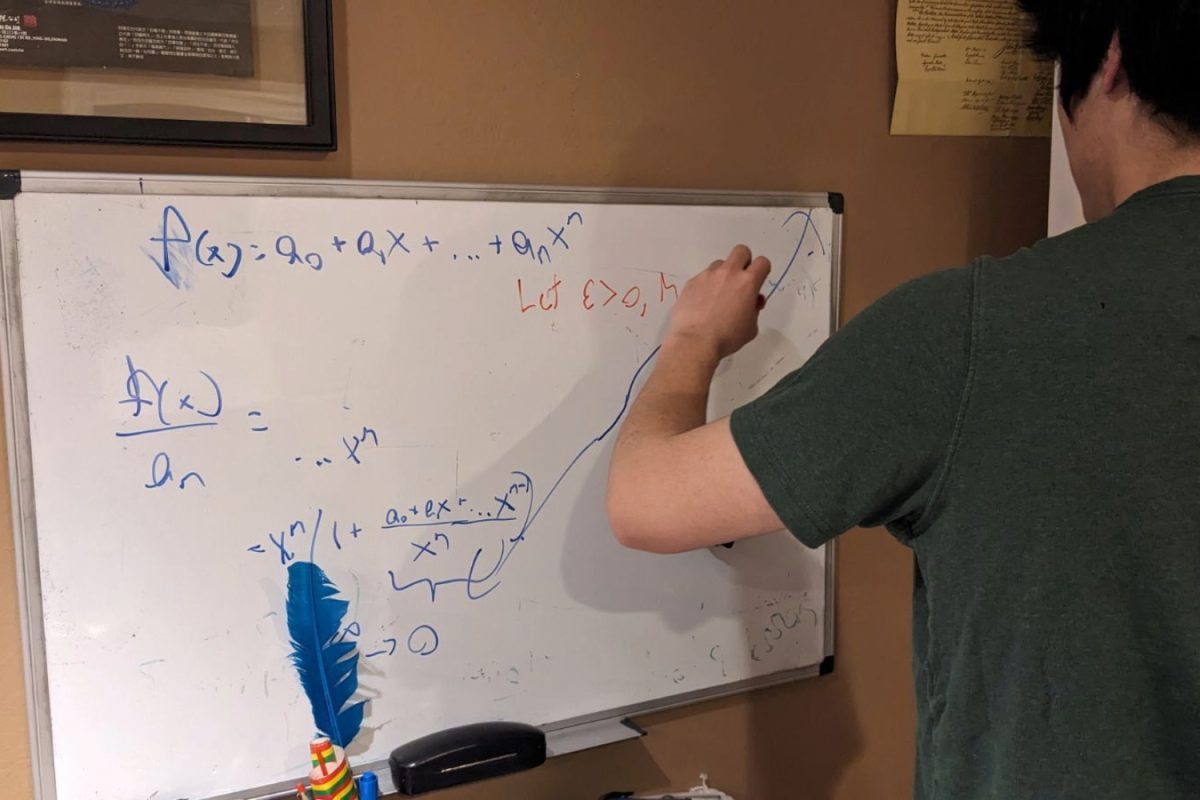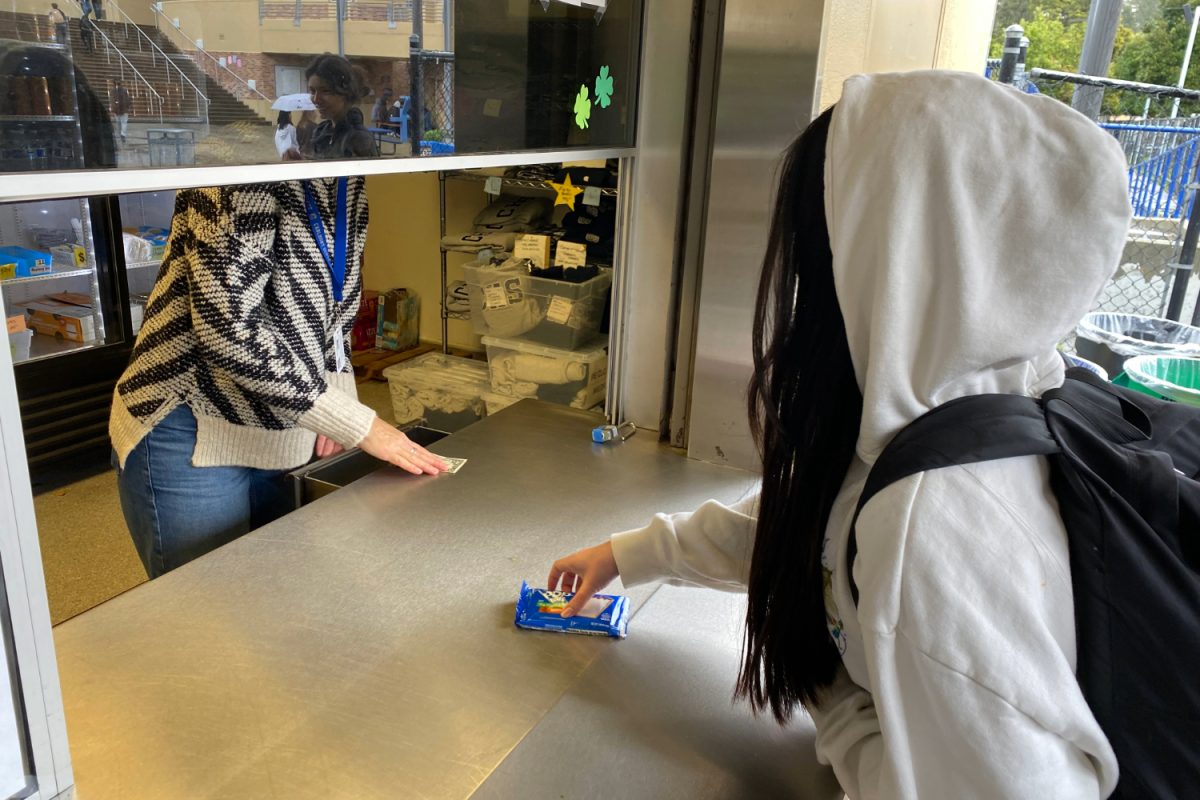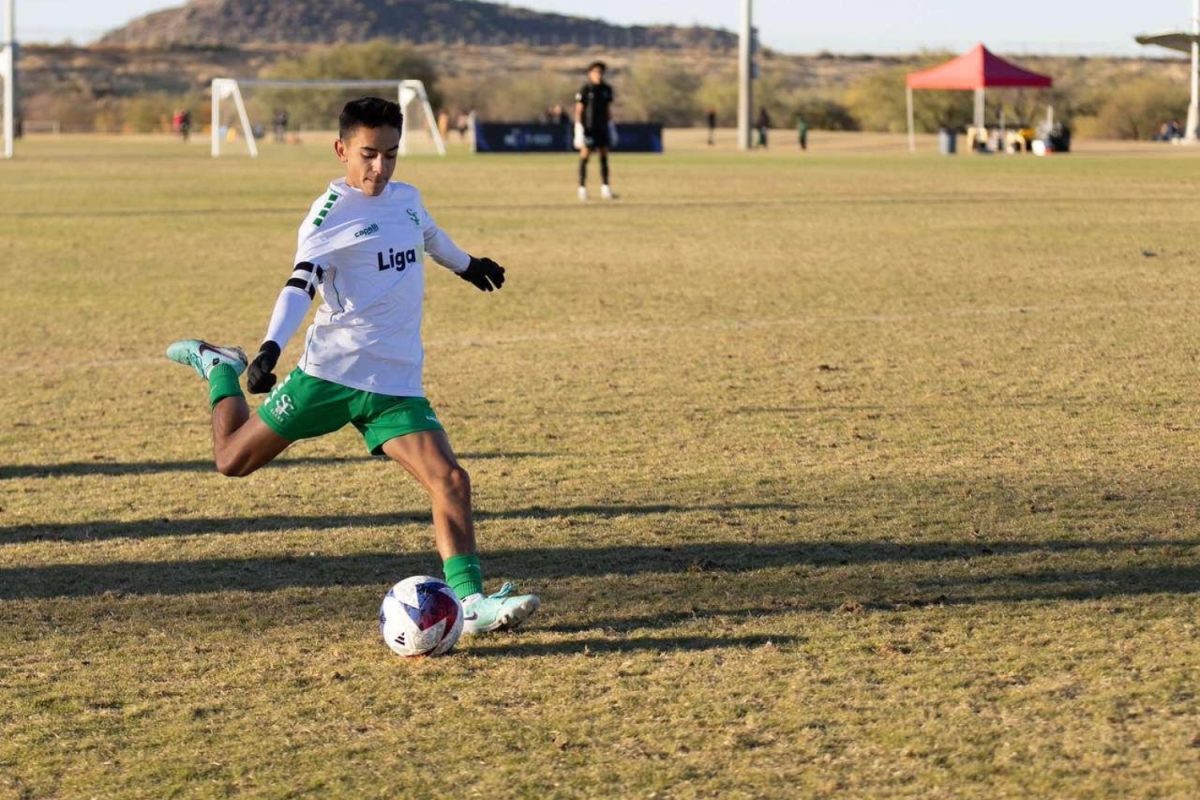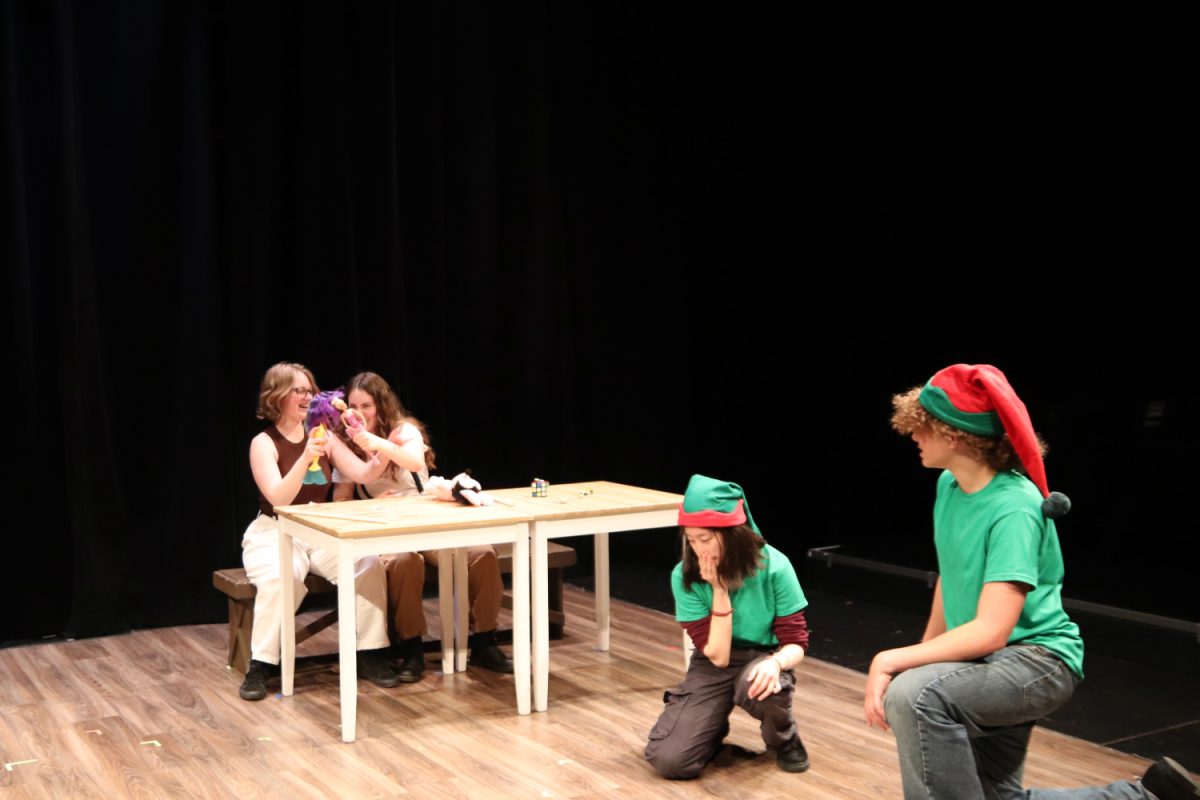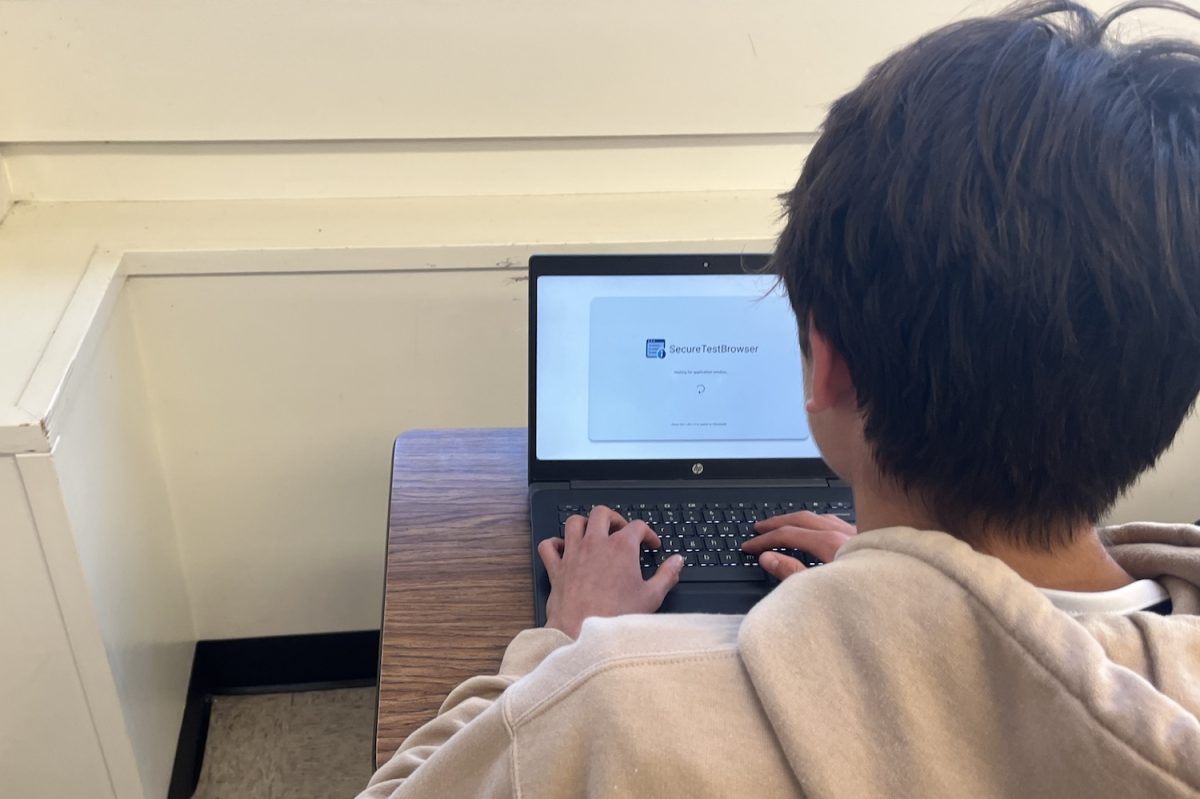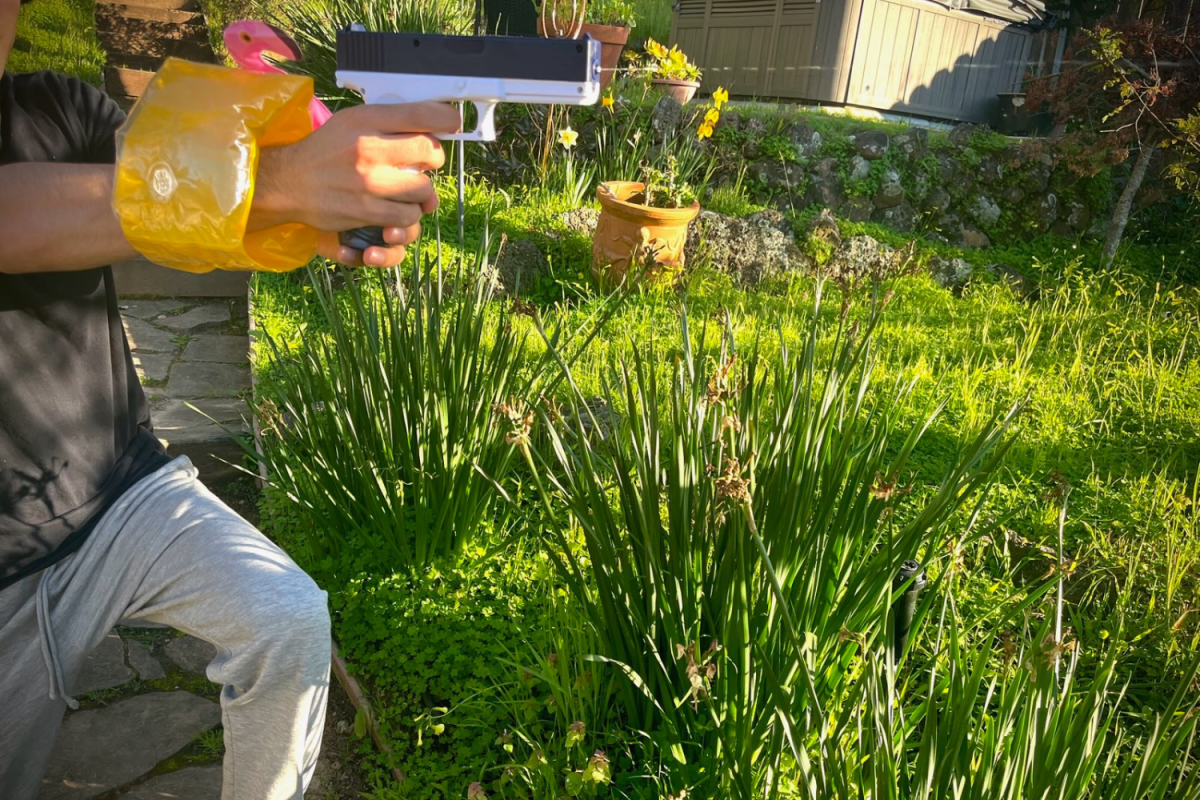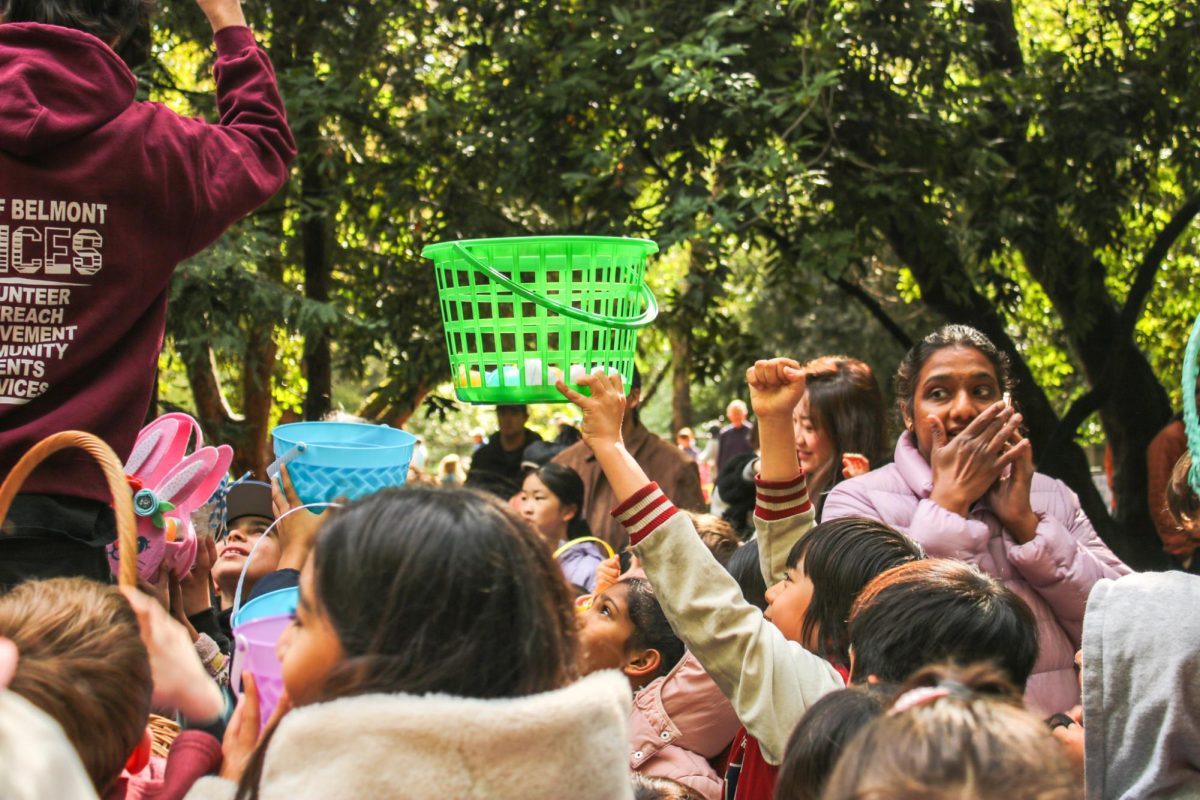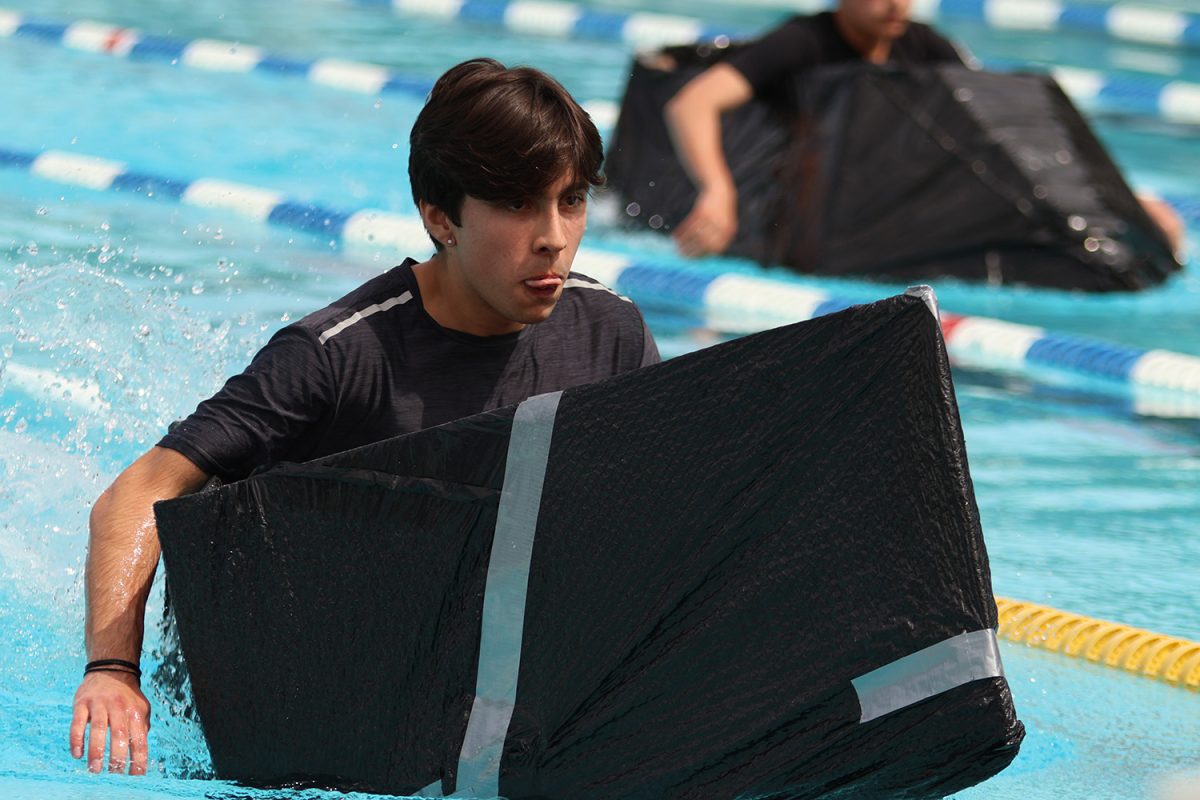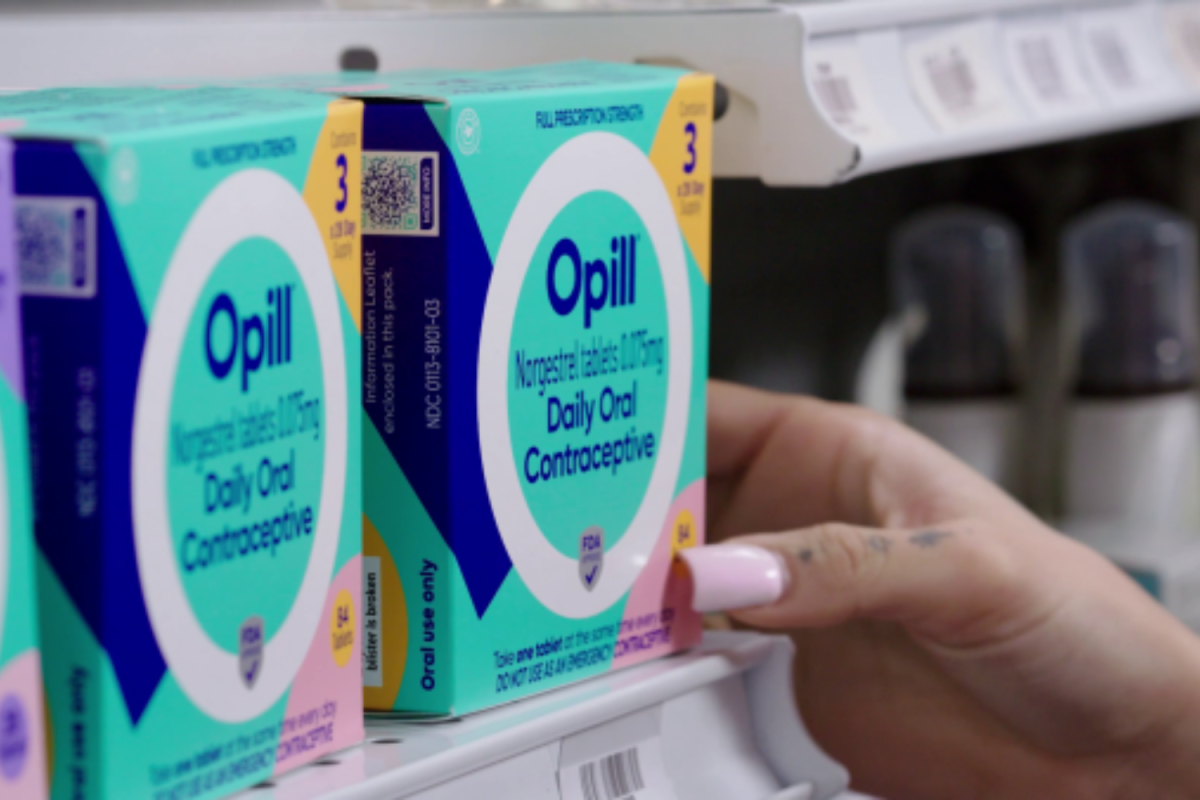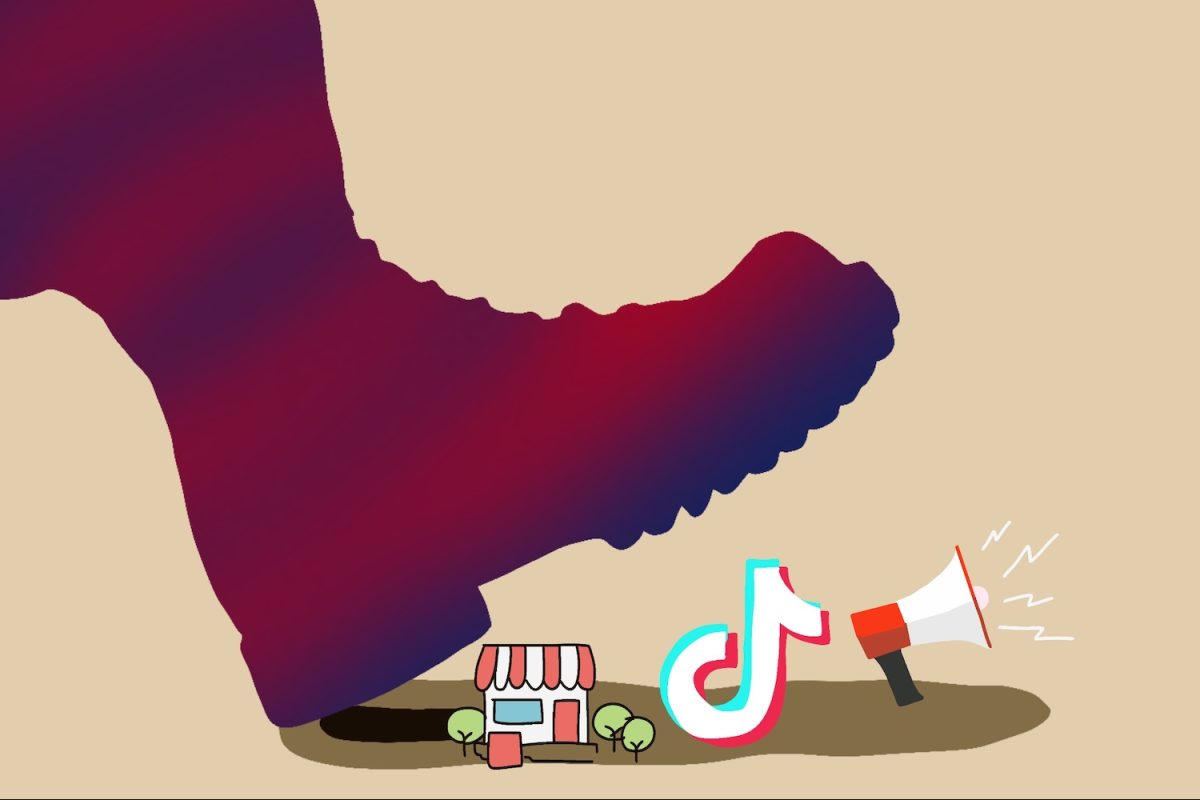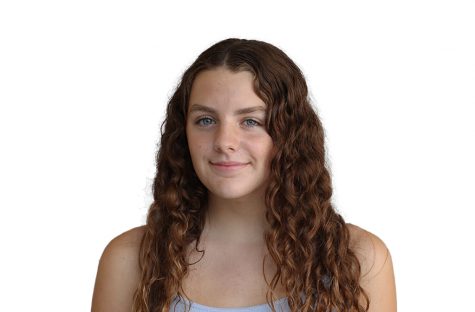Carlmont’s Associative Student Body (ASB) worked with Vitalant Blood Donation to hold a blood drive on March 24. Many students made appointments to donate and help improve the current lack of blood supply in America.
Delaney Paulus, a senior in ASB, helped plan this event.
“Our goal was to get as many donations as possible, and we filled up all the slots weeks prior because we are currently in a national blood shortage,” Paulus said.
Paulus is part of ASB’s Do Something commission, a commission that helps plan bi-annual blood drives, food drives, and activities to help out the community.
“Our commission worked very closely with Vitalant for months prior to making this happen,” Paulus said.
On the day of the drive, students with scheduled appointment times arrived at the student union where Vitalant workers and ASB students from the Do Something commission guided them through the process of donation.
“I decided to donate because I saw ASB putting up posters about the drive. I didn’t donate last year because of COVID-19, and I always wanted to donate blood so this is my first time, and I signed up for the power red,” said Alec Perkins, a senior at Carlmont.
Power red is a type of blood donation where the donor’s red blood cells are separated from the rest of the blood while plasma is pumped back into the donor. This option allows the donation to be far more valuable, as it is worth two times the amount of a regular donation.
“Since I got the power red I had blood taken out of my arm, and then plasma put back into my arm periodically every few minutes. It felt fine, I could feel the blood coming out, and then when the machine switched I felt the cold plasma coming in,” Perkins said.
Prior to giving blood, requirements from the donor had to be met to ensure that the blood can be used for other people.
“Safety requirements such as weight and height had to be taken into consideration, unfortunately, a lot of people were unable to donate because they did not meet the weight requirements,” Paulus said.
In addition to meeting the required weight and height, age is an important factor. Anyone over 17 is eligible, while 16-year-olds have to have parental consent in order to donate. Along with blood sampling and tests, donors were asked health questions in order to make sure their blood didn’t have any possible disease or type of contamination.
“Everyone has to go through history interviews, they get asked 50 plus questions to make sure that their blood is safe for the person in the hospital. We do a lot of screening, height, weight, iron levels, and making sure they ate first in order to be safe. You have to have enough food in your stomach and drink a lot of water to not get sick,” said Bianca Rowe, an employee for Vitalant.
I have a pretty good life and I think my blood is pretty healthy, if I can donate blood and help save someone that would be great, there’s no reason why I shouldn’t donate. — Alec Perkins
After collecting all the donations, the blood is sent to Saracamento where additional testing occurs to double-check the safety of the blood.
“After the blood is tested, it gets split up into different components that go to different people in the hospital,” Rowe said.
America is in a blood shortage due to the fact that there is no replacement for blood and from the decrease in blood drives due to COVID-19. Hospitals can’t use synthetic blood or animal blood to save human lives, which is why donating blood is so significant. One blood donation can save up to three lives, and a person can donate blood as often as every two months.
“We have different blood drives around the community, so look online, sign up, make appointments, and come out to help,” Rowe said.

